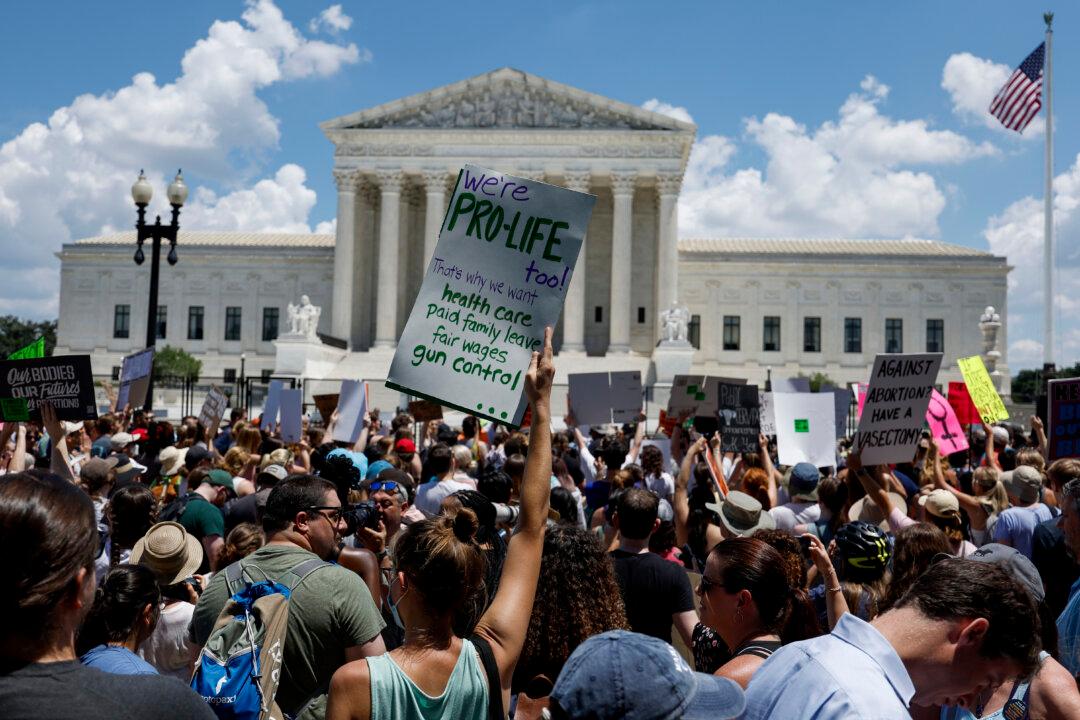Mainstream news coverage does not reflect the political make-up of the Democrats and Republicans in Congress. Mainstream media is exceedingly likely to cover news through a partisan filter. So it’s no surprise that liberals and conservatives are polarized when it comes to news sources they trust and utilize.
In 2019, Media Research Center analyzed 540 hours of news coverage on CNN and MSNBC over three randomly-selected weeks. The two networks conducted nearly the same number of interviews with members of Congress. In total, they interviewed 284 Democratic members of congress compared to just 40 Republican. MSNBC leaned even more to the left, as they interviewed 148 Democrats and only 11 republicans.





